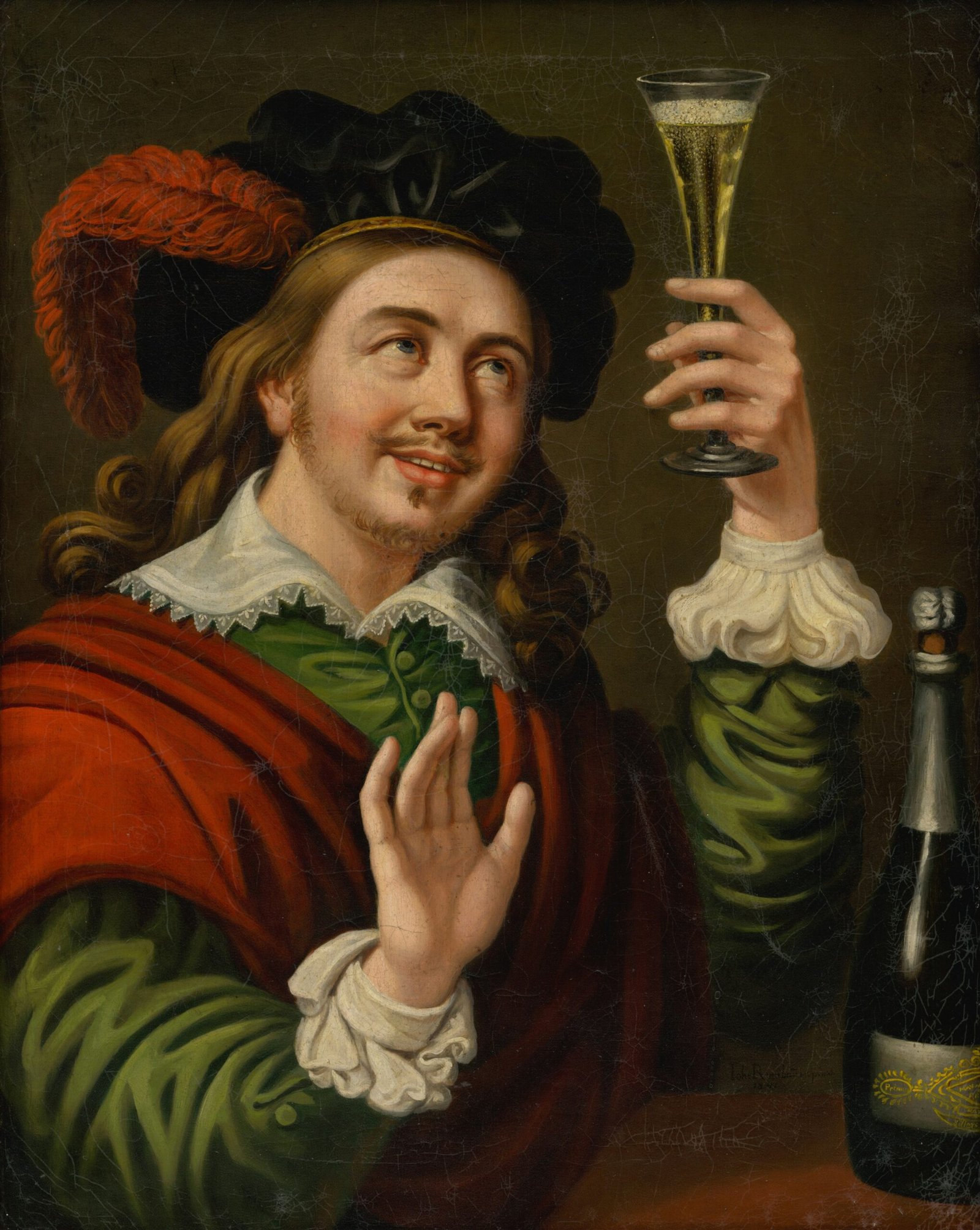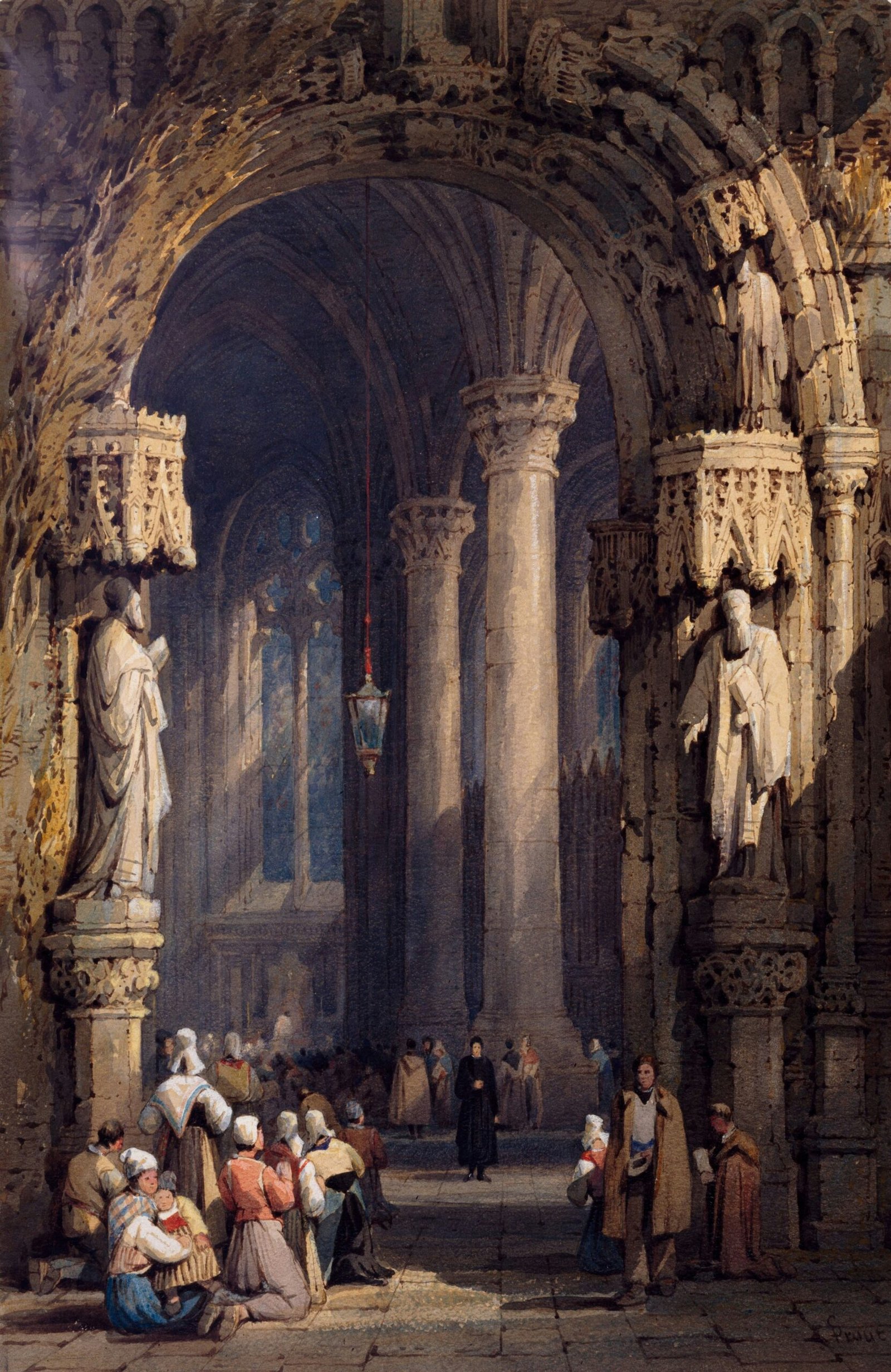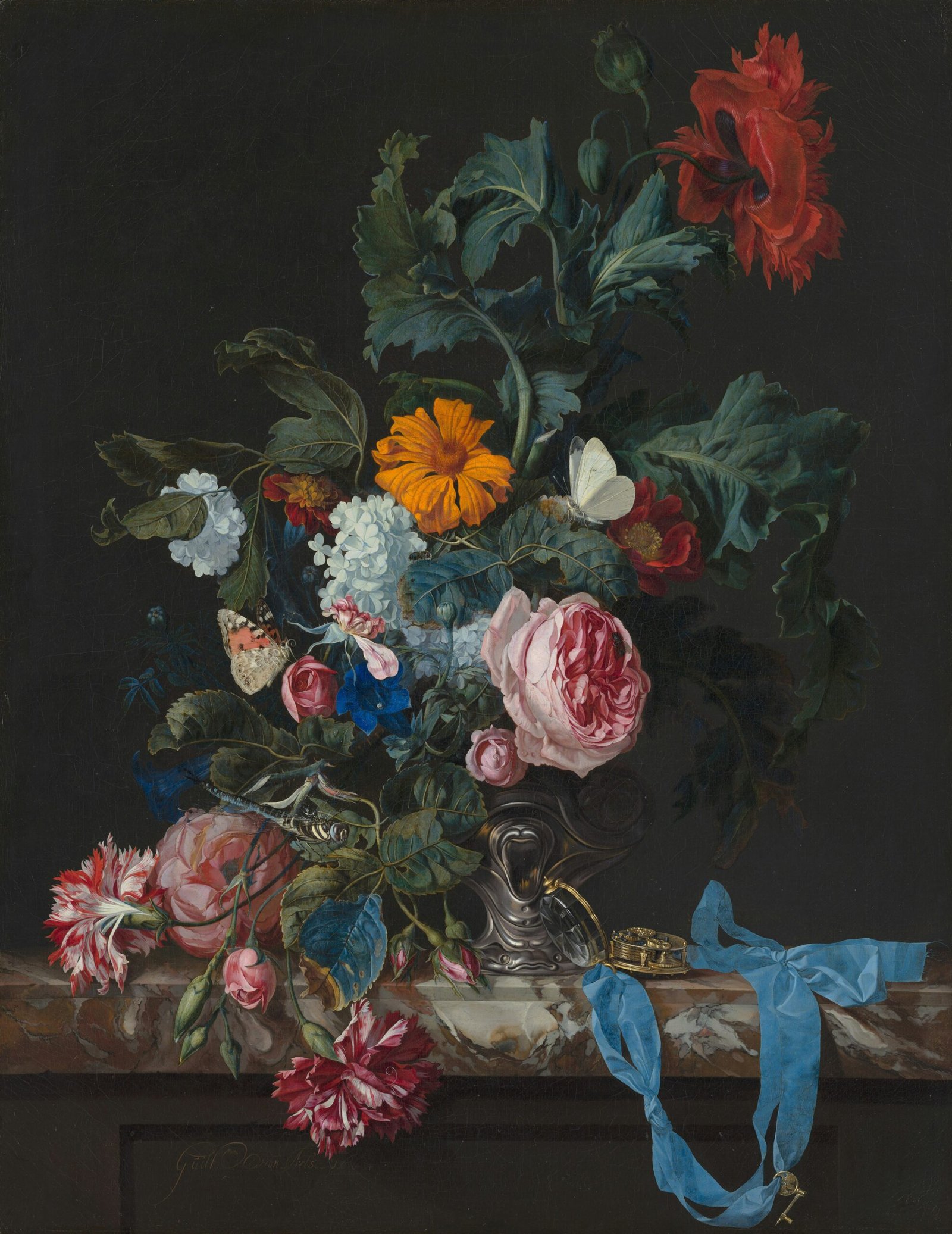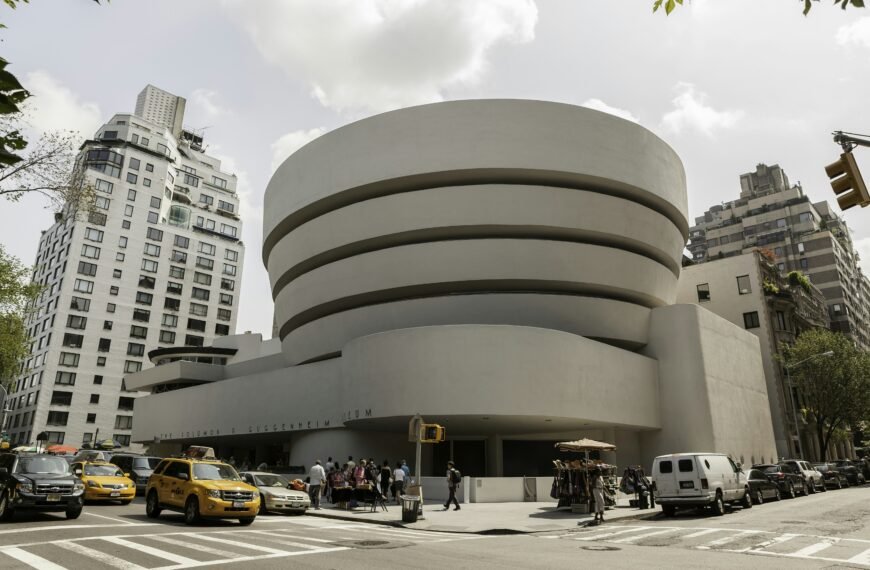Step into the world of Renaissance art and discover the hidden treasures of portraiture in the Metropolitan Museum’s captivating exhibition, “Hidden Faces: Covered Portraits of the Renaissance.” This enthralling showcase unveils a fascinating artistic trend of the 15th and 16th centuries: concealed works of art that require interaction to be fully appreciated. Through sliding panels, reverse-side paintings, and double-sided glass cases, these portraits reveal themselves in a delightful game of hide and seek. Experience the thrill of uncovering the secrets behind these masterpieces, as they transport you to a time when art was not only a visual feast but also a tactile and theatrical experience.

Overview of the Renaissance Portraits Exhibition
The Met’s exhibition on hidden faces in Renaissance portraits
The Metropolitan Museum of Art is currently hosting a fascinating exhibition titled “Hidden Faces: Covered Portraits of the Renaissance.” This exhibition explores a unique trend in 15th- and 16th-century painting, which is the practice of concealing artworks behind sliding panels and reverse-side paintings. Through this exhibition, visitors have the opportunity to uncover and appreciate the hidden faces in Renaissance portraits.
The trend of concealing artworks behind sliding panels and reverse-side paintings
During the Renaissance period, artists and patrons employed the technique of hiding artworks behind sliding panels and reverse-side paintings. This trend added an element of surprise and playfulness to the viewing experience. By concealing the faces of the subjects, artists invited viewers to actively engage with the artwork and participate in the revelation of its hidden beauty.
The gamification of the viewing experience
The Met’s exhibition takes the concept of hidden faces in Renaissance portraits a step further by incorporating elements of gamification. While visitors cannot physically interact with the artworks, they can still feel the thrill of discovery as they peer into double-sided glass cases and witness animated faces emerging from sliding panels. The exhibition creates a playful environment where viewers become active participants in the enjoyment of art.
Artworks on Display
The loaned artworks from European museums
The exhibition features a collection of loaned artworks from prestigious European museums such as the Courtauld in London and the Uffizi in Florence. These pieces offer a rare opportunity for visitors to see hidden faces in Renaissance portraits that are not typically on display. The collaboration between museums allows for a diverse range of artworks to be showcased, providing a comprehensive representation of concealed art.
The use of double-sided glass cases
To enhance the viewing experience, the exhibition employs double-sided glass cases. These cases allow visitors to observe the front and back of the concealed artworks, providing a deeper understanding of the techniques and intricacies involved in hiding the faces. Through the transparent panels, viewers can appreciate both the concealed and revealed aspects of the portraits, gaining a unique perspective on the art.
The animations of faces emerging from sliding panels
One of the highlights of the exhibition is the use of animations to bring the hidden faces to life. As viewers approach the concealed artworks, they are treated to the captivating sight of faces slowly emerging from sliding panels. This interactive element adds an element of surprise and delight, further engaging visitors in the art of unveiling the hidden.
The intricate and allegorical covers
In addition to the concealed faces, the covers of these portraits are works of art in their own right. Elaborate emblems and allegories adorn the covers, providing clues and hints about the hidden portraits beneath. These covers not only showcase the skill of the artists but also serve as symbolic representations of the concealment and revelation theme prevalent in Renaissance portraiture.

Interactions and Playfulness in the Artworks
The literary and theatrical elements in the portraits
Renaissance portraits often incorporated literary and theatrical elements to captivate viewers. Through clever symbolism and visual storytelling, the portraits invited the audience to actively interpret the hidden meanings behind the artworks. This marriage of visual art and narrative elements created a dynamic and engaging experience for the viewers.
The mesmerizing portrait of a Florentine lady with a veil
One of the standout artworks in the exhibition is a mesmerizing portrait of a Florentine lady with a veil, attributed to Ridolfo Ghirlandaio. This portrait is accompanied by a decorative panel featuring the Latin inscription “To each his own mask” and a trompe l’oeil face covering. The combination of the veil, inscription, and face covering adds a sense of mystery and intrigue, inviting viewers to delve into the layers of symbolism within the artwork.
The Latin inscription ‘To each his own mask’
The Latin inscription “To each his own mask” is featured on a decorative panel accompanying the portrait of the Florentine lady. This inscription serves as a reminder that every individual presents a different face or persona to the world, emphasizing the theme of concealment and the idea that true identity can be elusive. The inscription challenges viewers to reflect on the complexities of human nature and the masks we wear in society.
The clever narrative in a double-sided work by Hans Süss von Kulmbach
Hans Süss von Kulmbach, a protégé of Albrecht Dürer, presents a clever narrative in a double-sided work showcased in the exhibition. On the front side, viewers encounter a bust-length image of a man seemingly looking at the upper left corner of the painting. However, when the panel is flipped, a woman sitting in a window comes into view. This artistic technique not only surprises and delights viewers but also emphasizes the hidden aspects of Renaissance portraits, encouraging viewers to actively engage with the artwork.
Origins of the Practice
The religious and liturgical roots of covering paintings
The practice of covering paintings, particularly religious ones, has its origins in earlier traditions and liturgical rituals. In the Renaissance era, many artworks were commissioned for private devotion and were concealed behind panels as part of a spiritual and religious experience. By covering and revealing these paintings, the viewer was guided through a sacred journey, heightening their sense of awe and reverence.
The significance of earlier traditions
Earlier traditions, such as the use of altarpieces and devotional shrines, paved the way for the practice of concealing paintings. The artworks featured in the exhibition reflect the influence of these traditions, with hidden faces adding an element of surprise and contemplation. The exhibition also includes a devotional shrine borrowed from the Cloisters, showcasing the interconnectedness of religious practices and the evolution of hidden art.
A devotional shrine borrowed from the Cloisters exhibition
As a testament to the religious and liturgical roots of covering paintings, the exhibition includes a borrowed devotional shrine from the Cloisters. This shrine features wings that open to display images of a female donor, her husband, and Saint Catherine. The inclusion of this shrine serves as a reminder of the historical context in which hidden faces in Renaissance portraits arose, providing a deeper understanding of the significance behind the practice.

Implications and Symbolism
The impact of hidden faces on the viewing experience
The use of hidden faces in Renaissance portraits significantly impacts the viewing experience. By concealing the faces, artists create an aura of mystery and intrigue, drawing viewers closer to observe and analyze the artworks. The act of revealing the hidden faces allows for a sense of discovery and engagement, encouraging deeper connections with the art and its creators.
The symbolism of concealment and revelation
Concealment and revelation are recurring themes in Renaissance art. The hidden faces represent the layers of identity, the masks we wear, and the complexities of human nature. The act of unveiling these faces symbolizes a deeper understanding and connection with the subjects depicted in the portraits. By employing the technique of concealment and revelation, artists challenged viewers to look beyond the surface and explore the deeper truths that lie within.
The artistic representation of masks
Masks play a significant role in Renaissance portraiture, both literally and metaphorically. The hidden faces can be seen as metaphorical masks, representing the various personas individuals present in society. The use of physical masks within the artworks further emphasizes this theme, embodying the idea that identity can be fluid and multi-faceted. Through the artistic representation of masks, Renaissance artists explore the duality of human existence and invite viewers to reflect on their own masks and identities.
Historical Context of the Renaissance Era
The social and cultural climate of the 15th and 16th centuries
The Renaissance era was characterized by significant advancements in art, culture, and intellectual thought. It was a time of great social and cultural transformation, with a renewed interest in humanism, classical philosophy, and individualism. The societal changes and intellectual pursuits of the era laid the foundation for the development of portraiture as a popular art form.
The emergence of portraiture as a popular art form
During the Renaissance, portraiture emerged as a popular art form, reflecting the changing values and increasing emphasis on the individual. Portraits became a means of capturing and immortalizing the likeness and personality of the sitter. The rise of patronage and alliances among the wealthy and powerful further contributed to the demand for portraiture, resulting in a flourishing of artistic expression in this genre.
The influence of patronage and alliances
Patronage and alliances played a crucial role in the development and promotion of Renaissance art, including portraiture. Wealthy individuals and influential families commissioned portraits to showcase their social status, power, and connections. The support of patrons and alliances provided artists with the resources and opportunities to create stunning works of art, including those featuring hidden faces.
Notable Artists of the Renaissance
The contributions of Ridolfo Ghirlandaio
Ridolfo Ghirlandaio, an Italian painter of the early 16th century, made significant contributions to the genre of portraiture during the Renaissance. His mesmerizing portrait of a Florentine lady with a veil, featured in the exhibition, showcases his ability to capture the delicate details of facial expressions and create a sense of mystery and allure through his use of concealment.
The influence of Albrecht Dürer on Hans Süss von Kulmbach
Hans Süss von Kulmbach, a protégé of renowned artist Albrecht Dürer, was greatly influenced by his mentor’s techniques and style. This influence is evident in the double-sided work showcased in the exhibition, where the interplay between hidden and revealed faces creates a captivating narrative. Von Kulmbach’s ability to masterfully employ concealment and revelation showcases the lasting impact of Dürer’s artistic legacy.
The Netherlandish portraiture in the exhibition
The exhibition also highlights the contributions of Netherlandish artists to the genre of portraiture. Netherlandish painters were renowned for their attention to detail and realistic representation of the human form. The inclusion of Netherlandish portraits in the exhibition provides a comprehensive view of the different artistic approaches and techniques employed during the Renaissance.
Techniques and Materials Used
The craftsmanship and skill exhibited in the hidden faces
The creation of hidden faces in Renaissance portraits required expert craftsmanship and skill. Artists had to carefully plan and execute their compositions, ensuring that the concealed faces seamlessly integrated into the overall artwork. The meticulous attention to detail and the ability to create realistic and expressive faces showcased the technical mastery of Renaissance artists.
The use of reversible panels
Reversible panels were a common technique used in concealing faces in Renaissance portraits. These panels allowed for the artwork to be displayed with different faces depending on the viewer’s perspective. The use of reversible panels added an element of surprise and interactivity to the artworks, engaging viewers in the discovery of hidden features.
The preservation and restoration process
Preserving and restoring Renaissance artworks, particularly those with concealed faces, required specialized knowledge and skills. The exhibition provides insights into the preservation and restoration processes employed to ensure the long-term conservation of these valuable artworks. Visitors can gain an appreciation for the dedication and expertise involved in maintaining the artworks’ original beauty and integrity.
The Reception of the Exhibition
Critic’s response to the show
The exhibition “Hidden Faces: Covered Portraits of the Renaissance” has garnered critical acclaim for its innovative and engaging approach to Renaissance art. Critics have praised the exhibition for shedding light on a lesser-known aspect of portraiture and providing a fresh perspective on well-known artworks. The inclusion of loaned artworks from European museums has been particularly lauded for its contribution to the diversity and richness of the exhibition.
Visitor experiences and reactions
Visitors to the exhibition have expressed delight and awe at the hidden faces in Renaissance portraits. The interactive elements, such as the animations and double-sided glass cases, have proved to be popular and engaging among viewers of all ages. The exhibition has sparked conversations and encouraged deeper appreciation for Renaissance art, as visitors immerse themselves in the experience of uncovering the concealed beauty within the artworks.
Impact on the understanding and appreciation of Renaissance art
“Hidden Faces: Covered Portraits of the Renaissance” has had a significant impact on the understanding and appreciation of Renaissance art. By highlighting the technique of hiding faces in portraits, the exhibition has revealed a new dimension to the artworks, challenging viewers to look beyond the surface and seek deeper meaning. The exhibition invites visitors to engage actively with the art, fostering a deeper connection and appreciation for the skill, symbolism, and narrative woven into Renaissance portraits.
Conclusion
The significance of hidden faces in Renaissance portraits
The exhibition “Hidden Faces: Covered Portraits of the Renaissance” sheds light on the significance of hidden faces in Renaissance portraits. The practice of concealing artworks behind sliding panels and reverse-side paintings added an element of surprise, playfulness, and interactivity to the viewing experience. Hidden faces symbolize the complexities of human identity, inviting viewers to explore deeper truths and reflection.
The legacy of the exhibition
“Hidden Faces: Covered Portraits of the Renaissance” leaves behind a powerful legacy in its exploration of hidden faces in Renaissance art. The exhibition has brought attention to a lesser-known aspect of portraiture and sparked renewed interest in the genre. By fostering a deeper understanding and appreciation for hidden art, the exhibition encourages future research and exploration in this area.
The enduring appeal of concealed art
The exhibition’s success highlights the enduring appeal of concealed art in the realm of Renaissance portraits. The allure of hidden faces captivates viewers, drawing them in to unravel the mysteries and revelations within the artworks. The exhibition serves as a reminder of the timeless fascination with concealed art and its ability to engage and inspire audiences across centuries.







